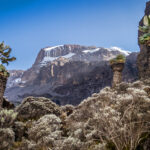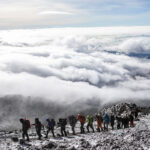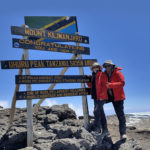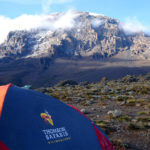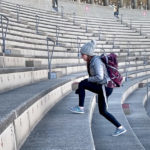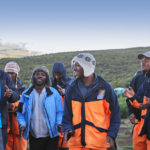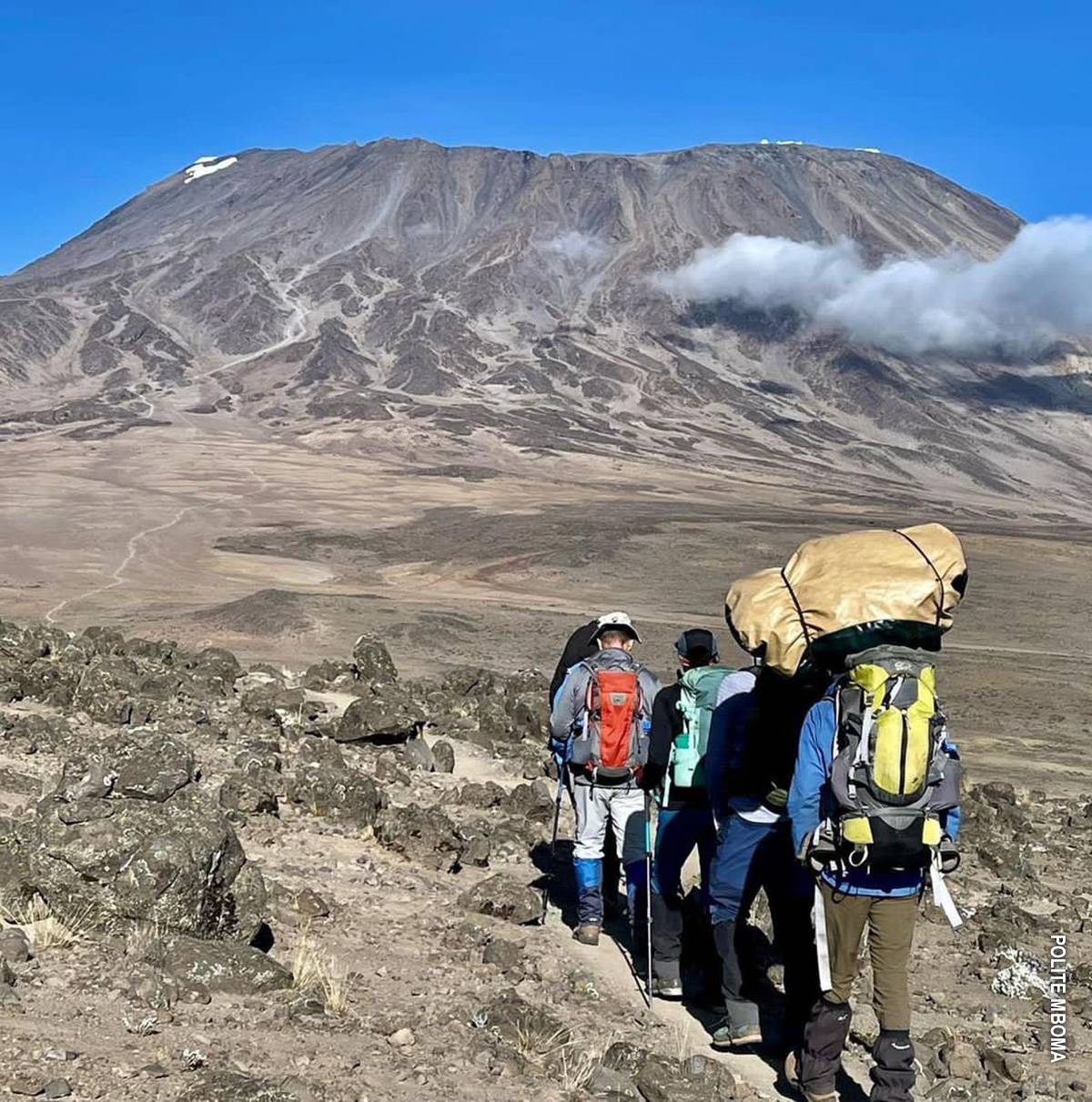
Climbing Mt. Kilimanjaro, the world’s tallest freestanding mountain, is a dream come true for many adventures–but it’s by no means a walk in the park. However, with diligent training, the right equipment and the support of the mountain’s most experienced guides, Kili is an excellent choice for nearly anyone seeking to reach new heights!
Here are eight of the best reasons to climb Kili.
1. It’s the Most Accessible of the Seven Summits
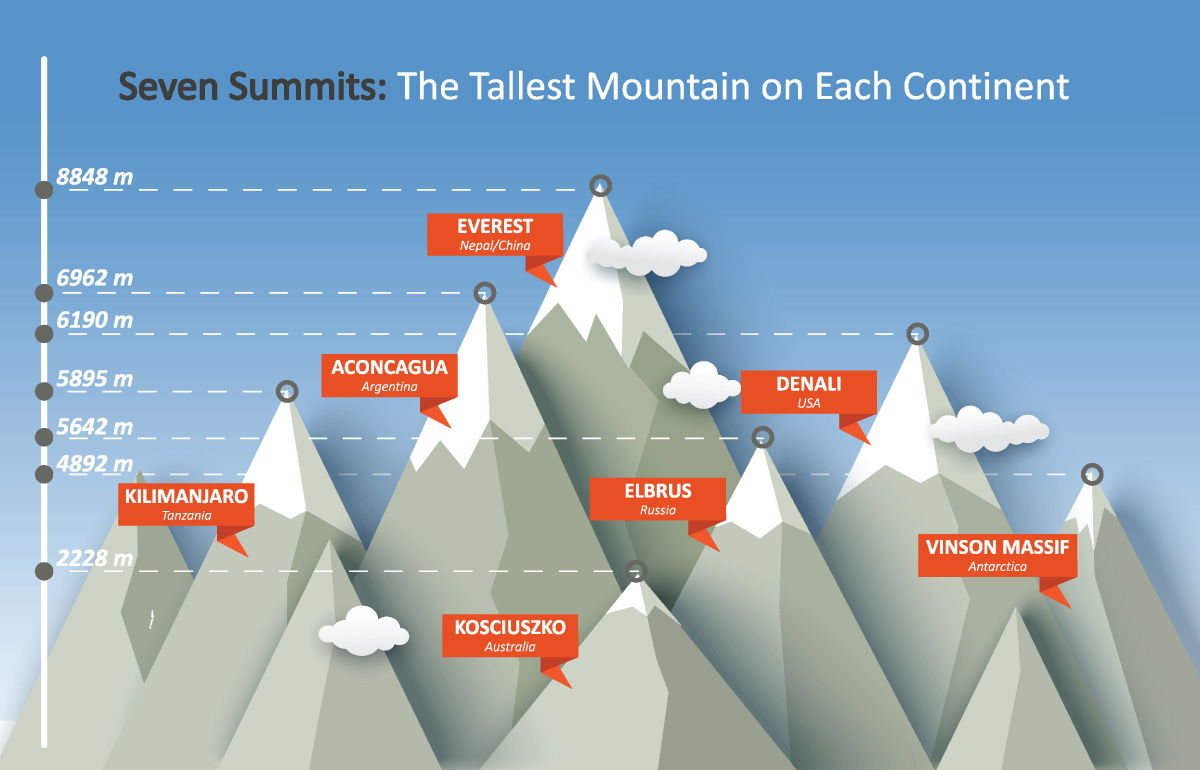
Sometimes called the “Everyman’s Everest,” Kilimanjaro is by far the most accessible of the Seven Summits. But don’t mistake “accessible” for “easy”–the trek is a huge challenge for veterans and beginners alike, and summiting is an enormous accomplishment. The mountain’s accessible status simply means that no technical skills, ropes or harnesses are necessary to climb, making it the perfect gateway trek for prospective adventure seekers.
Trekkers of all skill levels count on Thomson’s expertise to help them prepare for and overcome the mountain. The first (and most important) step toward Uhuru peak happens in the planning stage, when Thomson Kilimanjaro consultants work with trekkers to pick the right route to maximize their chance of success and the quality of their experience. Learn more about the trekking routes here.
2. It Offers an Incredible Sense of Accomplishment
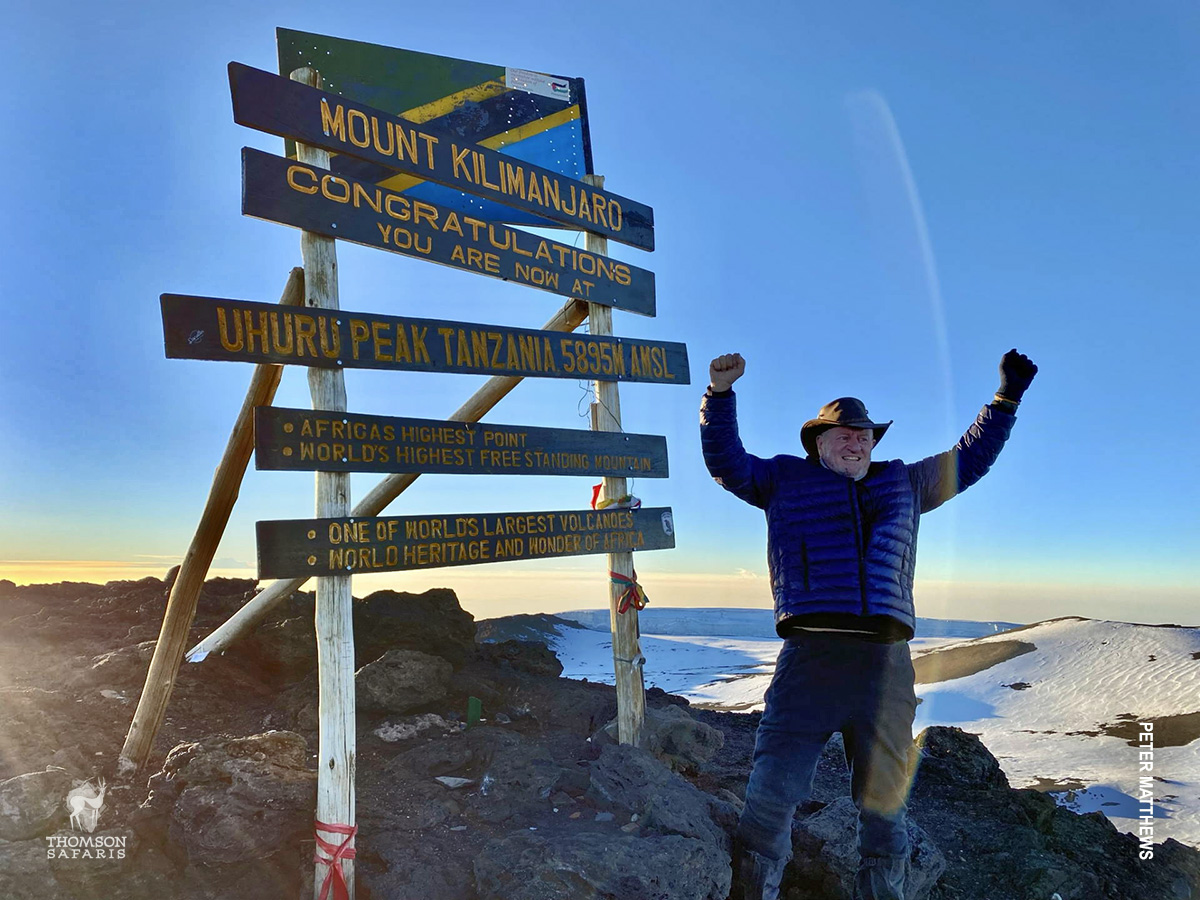
The fist-pumping thrill ride of ecstasy that trekkers feel at Uhuru Peak lasts long after they’ve descended the mountain. After all, they’ve stood atop the world’s tallest freestanding mountain, the Roof of Africa, one of the Seven Summits!
Kilimanjaro may be a formidable challenge–but if it was easy, success wouldn’t feel so good.
3. Every Step is Scenic
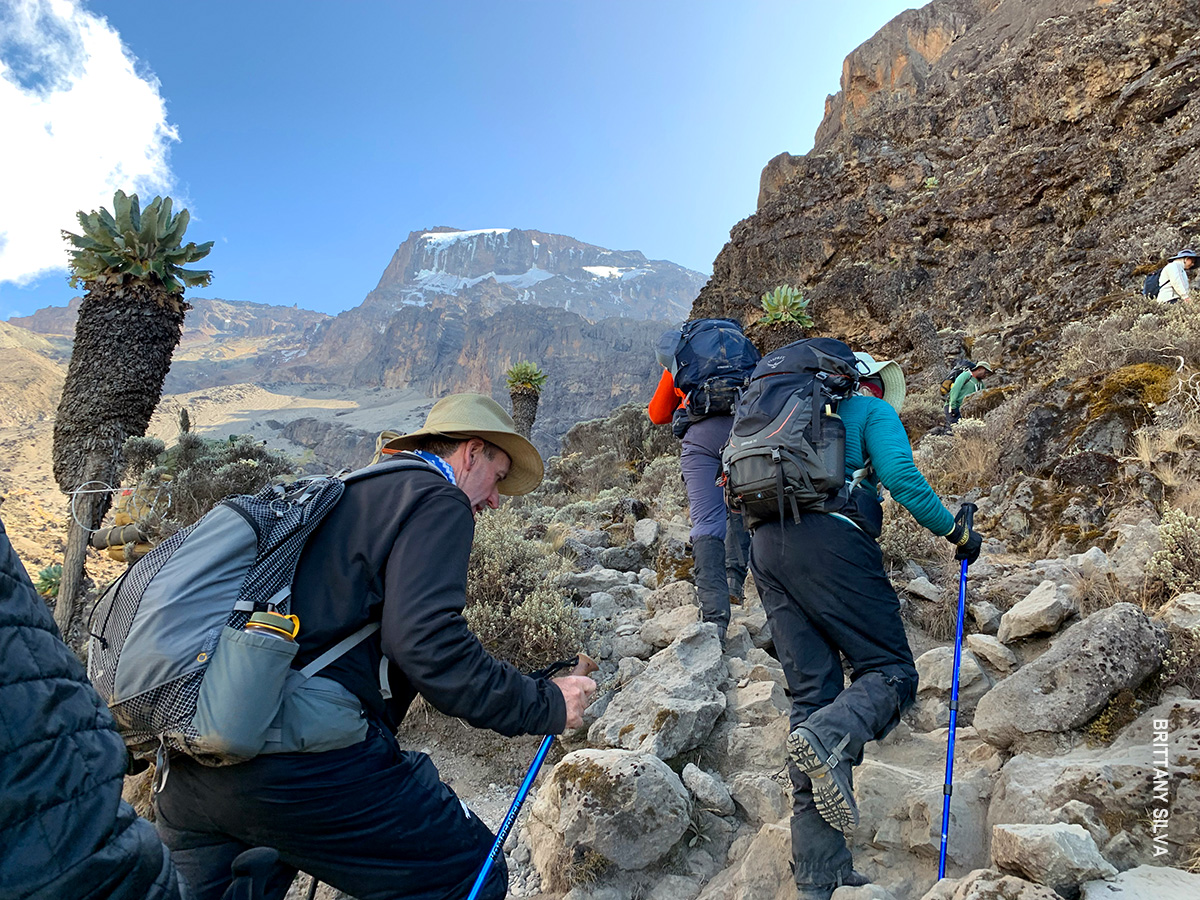
Expert guides help Kilimanjaro trekkers traverse river gorges in dense mountain forests, negotiate lunar scrublands of ash-black scree, and ultimately reach the landscapes of glistening ice and snow that surrounds Kilimanjaro’s summit.
Incredible views lie around every bend and valley on the mountainside–here are seven of the best.
4. Porters Carry the Heavy Stuff…
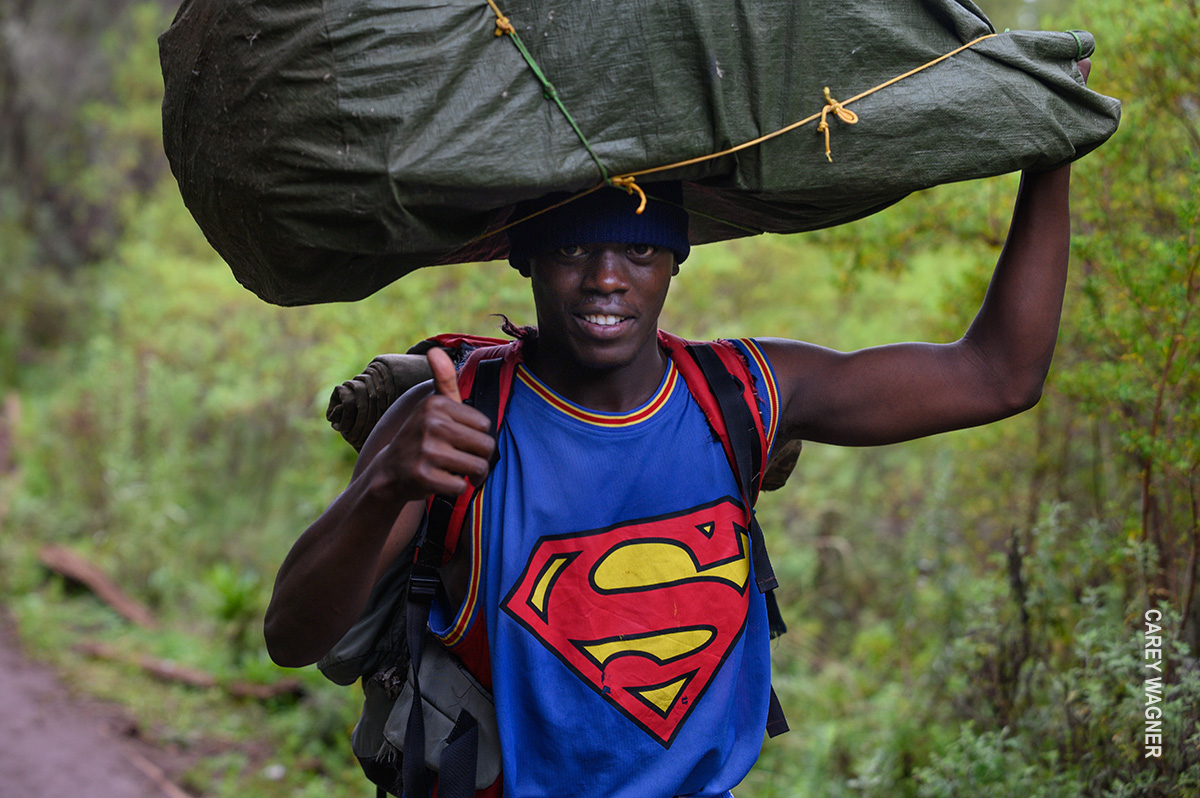
The heaviest thing you’ll carry on Kili is your daypack. Thomson porters carry everything else–food, tents, safety supplies, sleeping bags, your duffel and more. This not only takes an enormous load off your back, but boosts your chances of summit success, too.
Personal porters, should you choose to hire one, will go the extra mile and carry your daypack too–that’s another 10-20 pounds you don’t have to carry. For some trekkers, that makes all the difference in their quest for summit success.
Read more: Should you hire a personal porter on Kilimanjaro?
5. …and They Also Cook, Prep and Set Up Camp
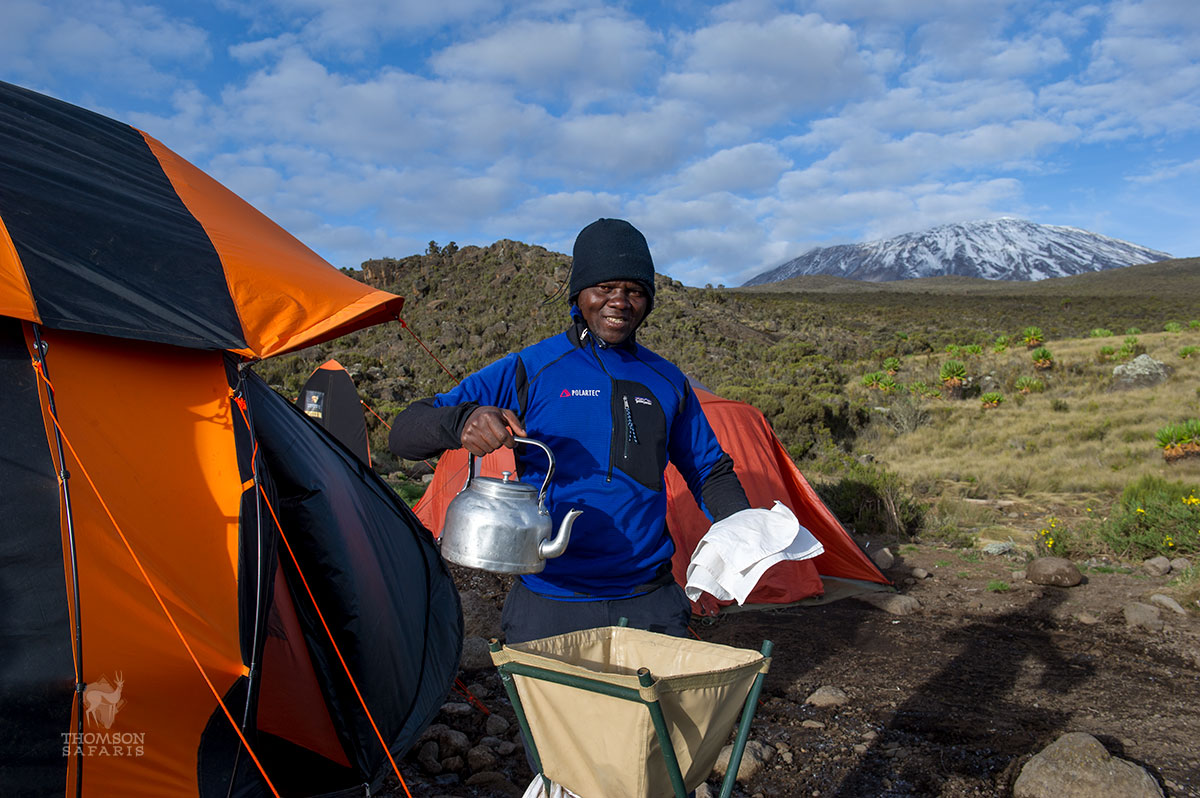
After a challenging day on the trail, the last thing you’ll want to do is set up your tent and cook a meal. Thankfully, you won’t have to.
Your porters will scout ahead every day to set up camp and start cooking dinner in time for your arrival. Your head guides will perform medical checks and show you to your tent–and if you have any special requests, you’ll hear the porters’ mantra as they rush to complete it: “No problem!”
Camp life is all about resting up for the next day of trekking. The more comfortable you are, the better your chances of summit success. Learn more about camp life on Kilimanjaro.
6. A World on One Mountain
Every Kili trek passes through five distinct climate zones–for this reason, the trek is often described as walking from the equator to the North Pole! Here’s an overview:
- Rainforest: Lush, warm and dominated by thick green canopies and white fog
- Heath: Rolling meadow of wildflowers and bearded lichen clinging to tree branches
- Moorland: Breezy, sprawling scrubland of otherworldly vegetation
- Alpine Desert: Stark, chilly desert-scape of rocky terrain and sparse flora
- Arctic Summit: Kilimanjaro’s peak towers above Africa at 19,341’, surrounded by whistling wind, freezing cold and the remnants of Kili’s famed glaciers
Learn about Kili’s 5 climate zones here.
7. You Can Acclimate to the Mountain Air Slowly
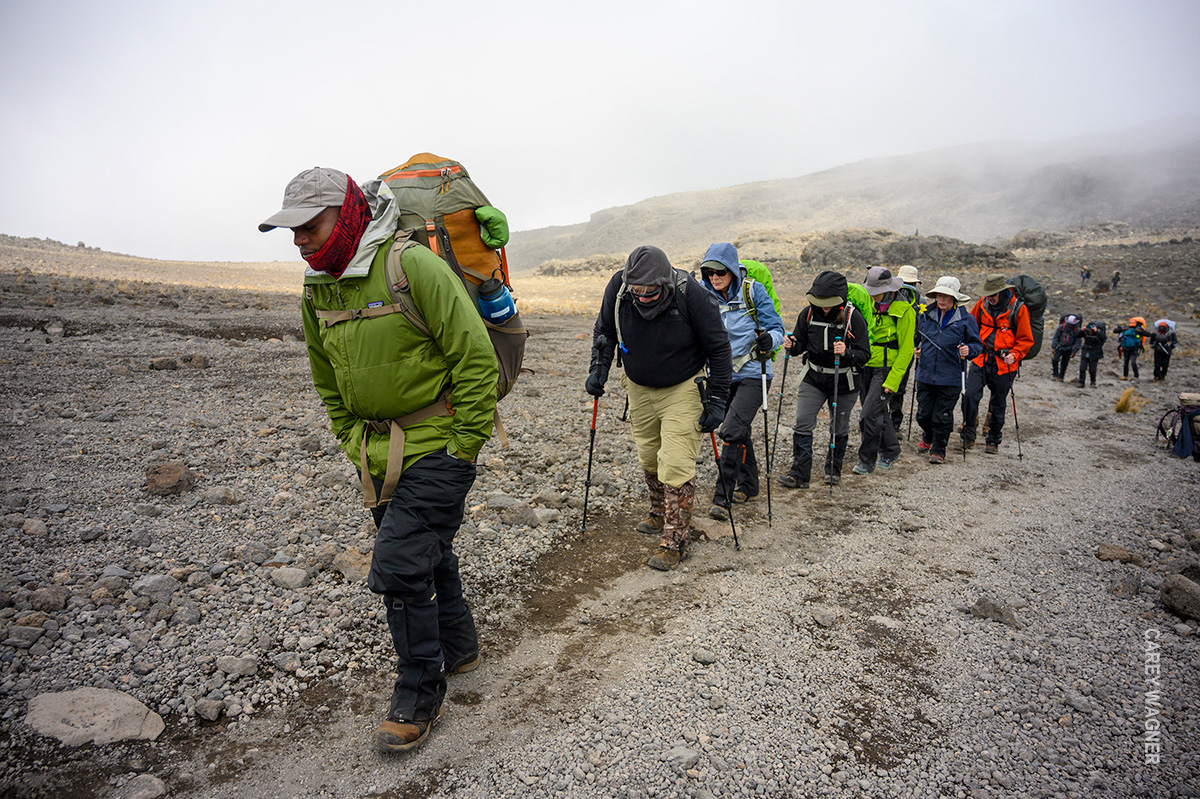
“Pole pole” is something you’ll hear constantly on Kilimanjaro–it’s Swahili for “Slowly, slowly,” and it’s a reminder to take it slow on the mountain (it’s not going anywhere) and give your body the time it needs to acclimatize. It’s a myth that physical endurance will help you combat altitude. A slow pace of acclimatization, however, will help you minimize the effects of altitude, increasing your chance of summit success.
Most Thomson trekking routes include extra days of acclimatization time for just this reason. And Thomson guides are well-versed in detecting and combating altitude sickness, always ready to help at the first sign of symptoms. Learn more about acclimatization here.
8. Thomson Trekkers Have a 98% Summit Success Rate
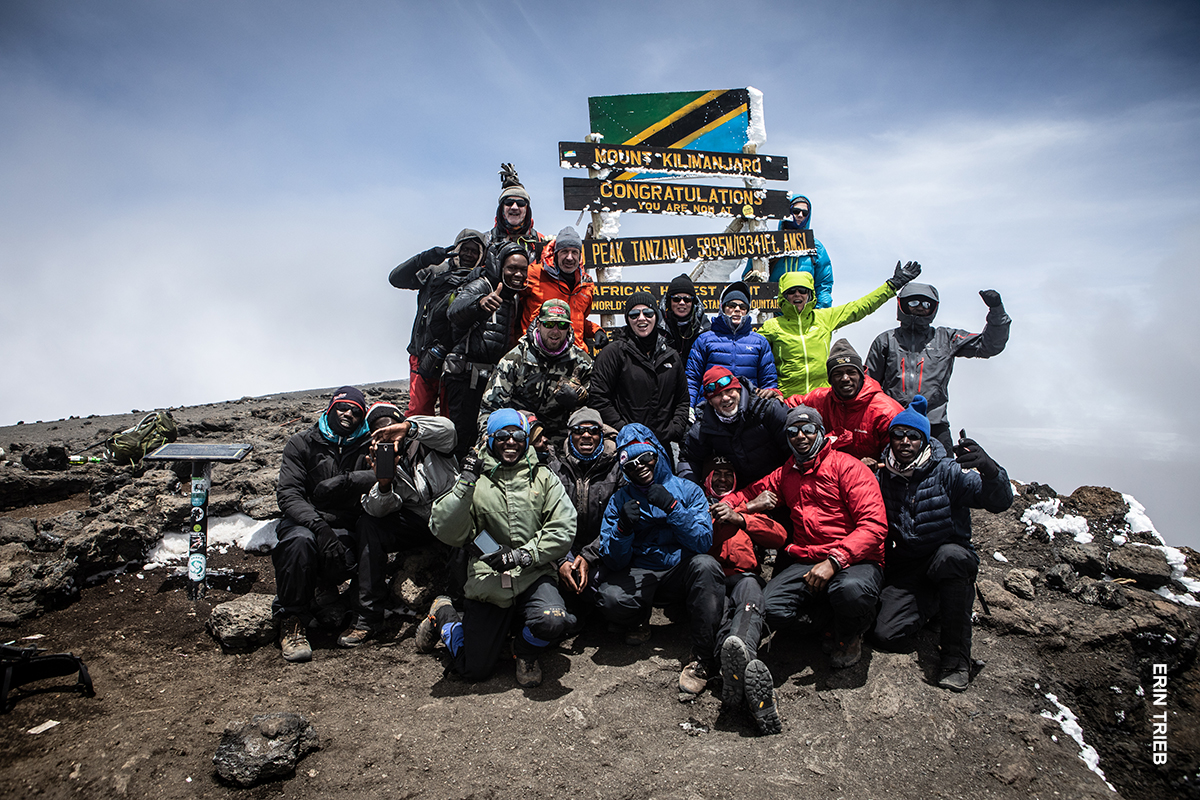
Nearly all Thomson trekkers successfully reach the Roof of Africa. Of course, they must be relatively fit and ready to manage the mountain’s challenging conditions. But with Thomson’s exceptional care, abundance of acclimatization time and constant support, they can embark on an adventure that not only tests their endurance but rewards them with a lifetime of memories.
Ready to chase the ultimate high? Get in touch to explore your trekking options!

